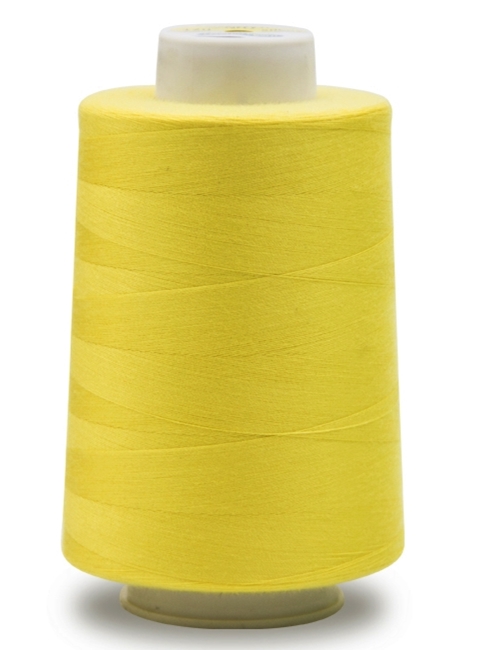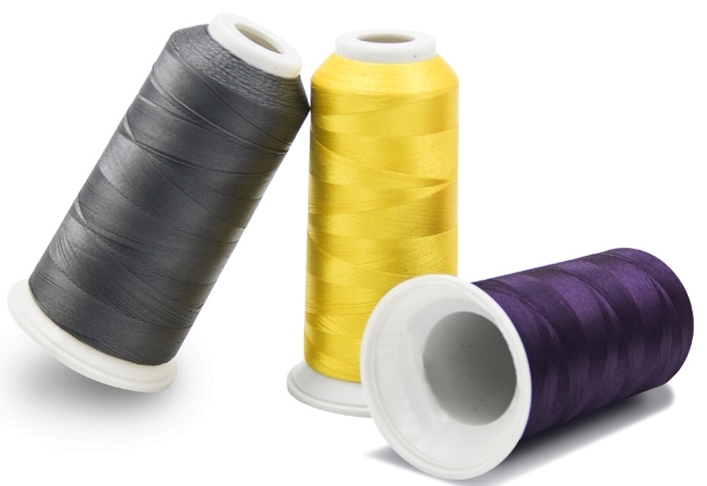
Causes of main defects in roving process and solutions
The main task of roving process is to draw and thin the mature sliver provided by drawing process according to a certain drafting multiple, improve the parallel straightness of the fiber, plus appropriate twist, winding and forming, so as to facilitate the storage, transportation and use of the next process. The quality of roving directly affects the yarn quality of the next process. Today, I will share with you the causes of several common defects in the roving process and the solutions.

1.Roving weight not up to standard
Causes:
① the weight of the cooked sliver is not correct;
② the number of teeth of draft change gear is adjusted incorrectly.
Solution:
① control the weight of the front cooked sliver, strengthen the inspection, and ensure the accuracy of feeding the cooked sliver;
② strengthen the inspection on the draft change gear of the upper machine.
2.Pieces are unevenly dried with serious thickness
Causes:
① failure of roller pressurization, improper roller spacing and eccentric roller bending;
2. The rubber roll is concave, the surface is damaged, the rotation is not good, and the rubber roll is skewed;
③ the roller, cot and draft drive parts are not normal;
④ the rubber ring jaw is too tight;
Part of the draft is improperly configured;
The roving twist is improper;
The relative humidity of the workshop is too low.
Solution:
① design process correctly;
② strengthen the maintenance of draft parts;
③ correct twisting;
④ prevent accidental draft;
⑤ pay attention to control workshop temperature and humidity;
⑥ control the quality of front ripening strips.
3.Loose yarn and broken yarn
Causes:
① poor strength and elongation of raw materials;
② too small winding tension and insufficient winding density;
③ the twist coefficient is too small.
Solution:
① correct selection of raw materials;
② increase the winding density and tension;
③ increase twist factor.

4.Take off your shoulders
Causes:
① improper configuration of forming angle gear;
② the reversing mechanism is out of order and the parts of the forming mechanism are poorly matched;
③ roving tension is not properly controlled.
Solution:
① change the forming angle gear correctly;
② strengthen the maintenance of reversing and forming mechanism;
② stable roving tension.
5. Heads and feet
Causes:
① the height of the spindle wing or pressing palm is different;
(2) the moving process of the lifting dragon tendon is too long, too high or too low, and the height of the lifting dragon tendon varies;
③ the spindle wing (rod) and bobbin gear run out.
Solution:
① unified height of winding parts;
② ensure the stable operation of spindle wing (rod) and bobbin drive gear;
③ correctly design and adjust the moving process of lifting dragon bars.
6. The whole roving roll is too loose and tight
Causes:
① improper configuration of forming and lifting change gears;
② the tension of iron gun belt is loose or the displacement is not correct;
③ the roving twist is too large and too small, and the temperature and humidity are improper.
Solution:
① design and change the forming and lifting gear correctly;
② tension the iron gun belt, change the winding gear to make the iron gun belt;
③ adjust roving twist and control temperature and humidity.
7.Flying flowers attached
Causes:
① there are flying flowers in the feeding sliver itself or flying flowers fall into the sliver;
② careless cleaning, defects or flying flowers attached to roving;
③ the processing channel is not smooth, and there is fiber accumulation at ordinary times.
Solution:
① strengthen the cleaning of the front road;
② carefully implement the cleaning work specifications;
③ strengthen the maintenance of sliver passage.
8.Greasy roving
Causes:
① improper oil filling of parts requiring oil lubrication, oil overflow;
(2) when the flat car and the cleaning car are repaired, the hand touches the sliver and roving;
③ the working place is dirty and oily.
Solution:
② strengthen the sense of responsibility for the refueling work of the flat cleaning vehicle repair machine;
② clean the working place.




